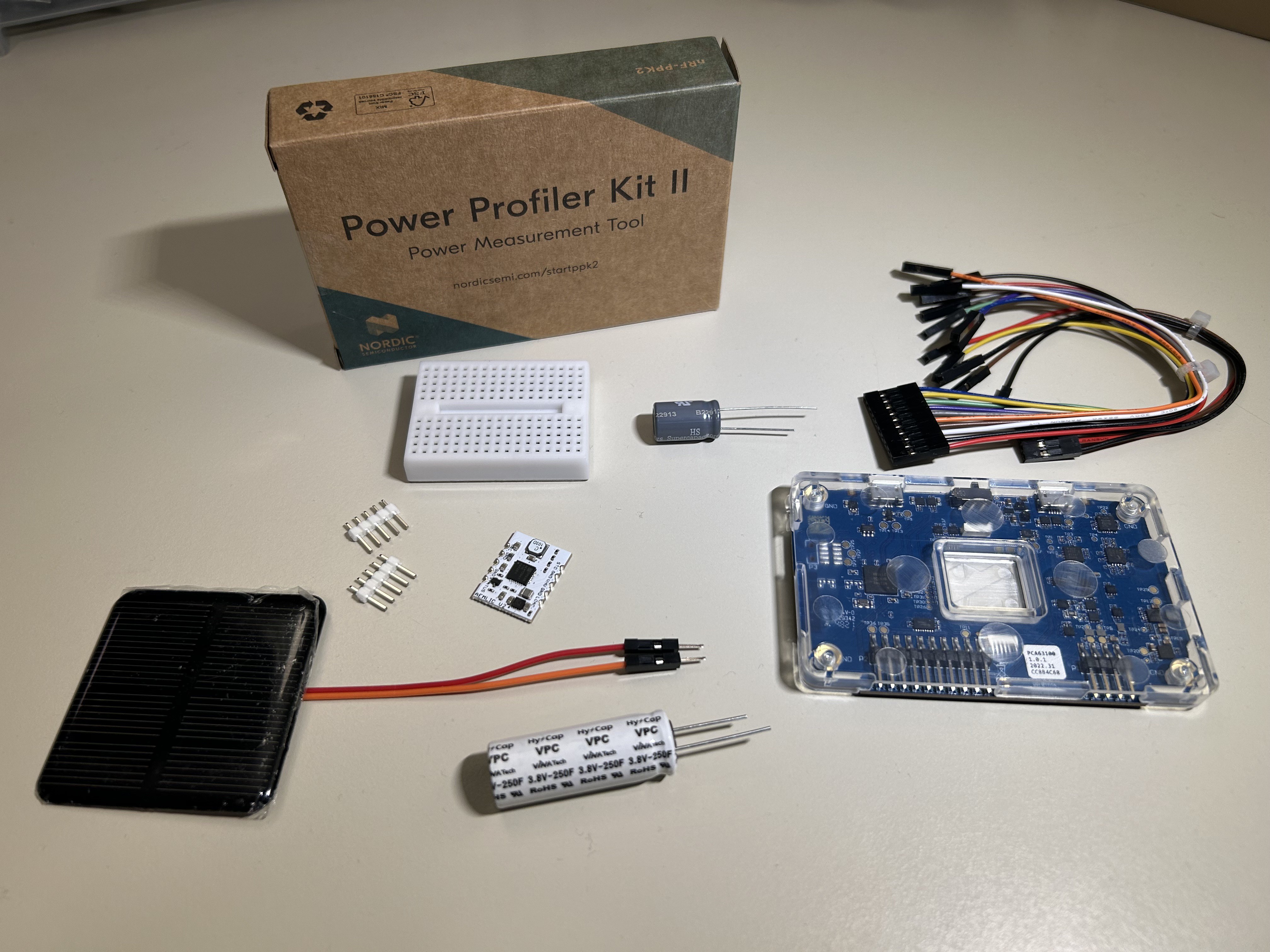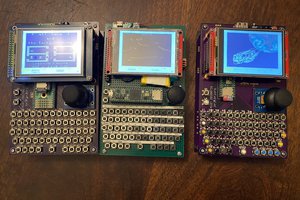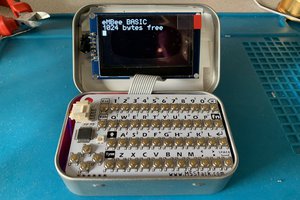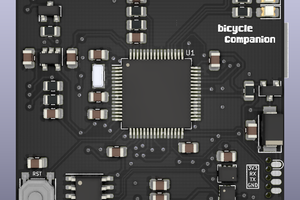Why PotatoP?
- The word "Potato" is often used to describe an underpowered/poorly performing device. "This video must have been filmed with a potato!" This device is intentionally underspecced to ensure long battery life.
- The "toP" suffix refers to the intended eventual laptop form factor
- The suffix "p" is used for LISP predicates - functions that return true or false, like "evenp" or "primep" for numbers. Is it a potato or not? It depends on your point of view!
- It lets me call the OS PotatOS! (Or maybe I won't after all, it seems to have been taken by another very cool project)
This project is heavily inspired by Technoblogy's super cool Lisp Badge, the Lisperati 1000, the Open Source Autarkic Laptop and ei2030 working groups, the playdate, various projects featured on r/cyberDeck and lots of other cool stuff I forgot about already!
 Andreas Eriksen
Andreas Eriksen



















 Jorj Bauer
Jorj Bauer
 Marek Więcek
Marek Więcek
 Matthew Begg
Matthew Begg
 Matias N.
Matias N.
Can You run fuzix on this device?